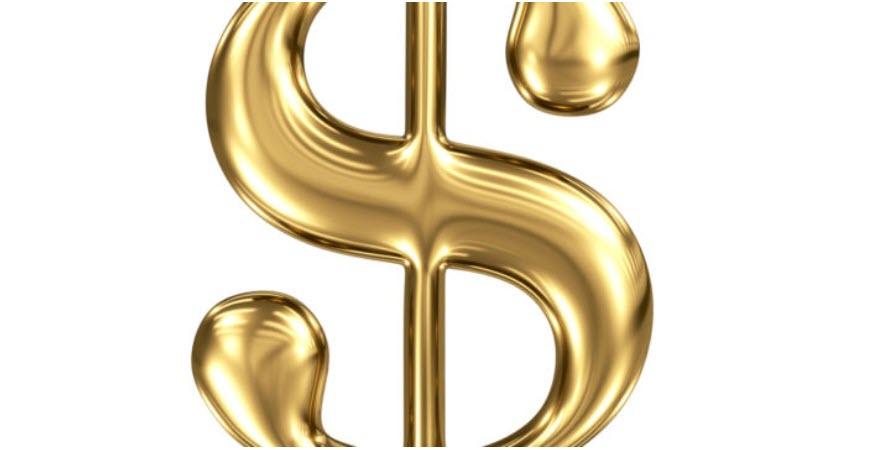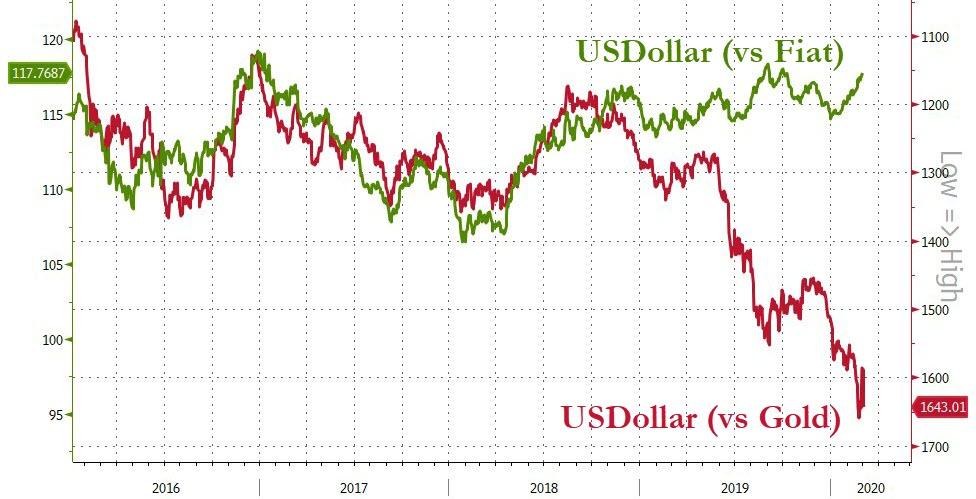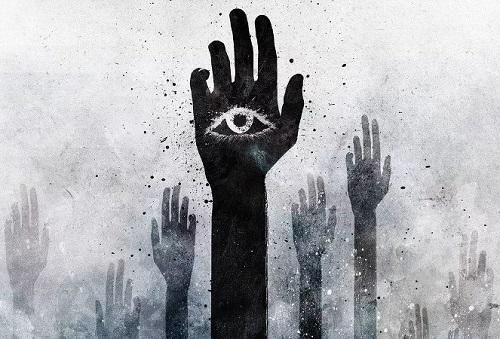“People Have Just Gone Nuts”: Wealthy NY Suburb Gripped By Hysteria After Local Family Diagnosed With Covid-19
New Rochelle, NY is offering the rest of America a glimpse into what happens once Covid-19 has arrived in your home town.
New York Times reporter Sarah Maslin Nir visited New Rochelle yesterday and started reporting. She wandered around the mostly deserted down town, talking to restaurant workers and a handful of patrons brave enough to defy the rumors.
By Wednesday evening, it had become clear that the virus was spreading in the community: Gov. Andrew Cuomo had confirmed that the man’s wife son and daughter had all tested positive for the virus, as did a neighbor who drove him to the hospital last week. And just a few minutes ago, Cuomo confirmed the number of cases in the state had risen to 11, with ten of those 11 cases in Westchester.
But even before Cuomo’s first press conference on Tuesday, word had already gotten out: A local had been infected with the dangerous new flu-like virus from China. Nowhere outside would be safe.
By the time Cuomo held his first press conference yesterday, word had already gotten out.
Even before the latest news, worry had already seeped across New Rochelle. At Mikey Dubb’s Frozen Custard shop, the custard machines whirred idle, and at Eden Wok, a kosher Chinese restaurant, workers stood in a doorway, anxiously peering around for customers.
One diner customer who spoke with Nir said she would wash her hands carefully once she returned home. She added that she felt “terribly sorry” for the victim and his family.
“I recognize that the gentleman who is now in the hospital with coronavirus in New York was walking up and down this street,” said Vicky Sturner, 62, a landscape designer and one of the few customers dining at Maestro’s Italian restaurant on North Avenue on Tuesday evening.
“I’m going to wash my hands, I’m going to try never to ever touch my face, and I feel terribly sorry for the family that has coronavirus – it affects everybody, the entire community,” Ms. Sturner added. “But I can’t stop it and I can’t change it, and I’m going to live my life.”
Some congregants at a local temple were surprised to find it closed Tuesday afternoon. In fact, congregants who had attended certain events were asked to self-quarantine.
Shortly before dusk on Tuesday, Nathan Lindenbaum, an accountant, had walked up to the temple doors of Young Israel of New Rochelle for evening prayers. He was perplexed to find them locked, and the synagogue empty. The man with coronavirus had attended services there.
Hours before, the Westchester County health commissioner had ordered all services at the synagogue to halt, and the congregants who attended a funeral and a bat mitzvah there on Feb. 23 to self-quarantine in their homes. Over 100 families are under the order, according to the New Rochelle mayor, Noam Bramson.
The mayor of New Rochelle said the fact that a local family had caught the virus was “deeply concerning.”
“It is deeply concerning and distressing to see one’s own community, one’s own neighbors, dealing with a challenge of this scale and this intensity,” Mayor Bramson said after leaving City Hall at 8 p.m. Tuesday, where he said he spent the day huddling with faith leaders, officials and city staff to make sure that information like the town’s messaging was accurate.
The mayor told the NYT he has only just started planning with other local leaders for potentially ugly contingencies, like if the Police Department had to intervene to enforce mandatory self quarantines.
“It is deeply concerning and distressing to see one’s own community, one’s own neighbors, dealing with a challenge of this scale and this intensity,” Mayor Bramson said after leaving City Hall at 8 p.m. Tuesday, where he said he spent the day huddling with faith leaders, officials and city staff to make sure that information like the town’s messaging was accurate.
The mayor also hashed out thornier contingencies – including whether the New Rochelle Police Department would have to intercede if the self-quarantine had to be enforced. “The hope and expectation is that those subject to the quarantine will abide by its terms voluntarily,” Mr. Bramson said.
Meanwhile, one restaurant owner said he had already hired a PR team and started offering steep discounts. He also told the NYT that he had heard some…uh…interesting stories from fellow restaurant owners.
The same day as the man’s diagnosis on Tuesday, Josh Berkowitz, the owner of Eden Wok in New Rochelle, hired a public relations specialist and started offering 15-percent-off coupons to stem an anticipated drop in diners.
Tending to his single table of customers during what is usually the dinner rush, Mr. Berkowitz answered the phone. A fellow caterer was calling to express shock at an order he had just received.
“The customer wanted sushi, but told him…” Mr. Berkowitz said, his voice dropping to a whisper. “He didn’t want any Asians to touch it.”
Mr. Berkowitz shook his head. “People have just gone nuts,” he
Informed by the reporter that a local man and his family had caught the virus, a local delivery driver told the Times that he would probably start avoiding the man’s neighborhood.
“I can’t afford to get sick,” he said.
Tyler Durden
Wed, 03/04/2020 – 18:25
via ZeroHedge News https://ift.tt/39qgyd9 Tyler Durden





